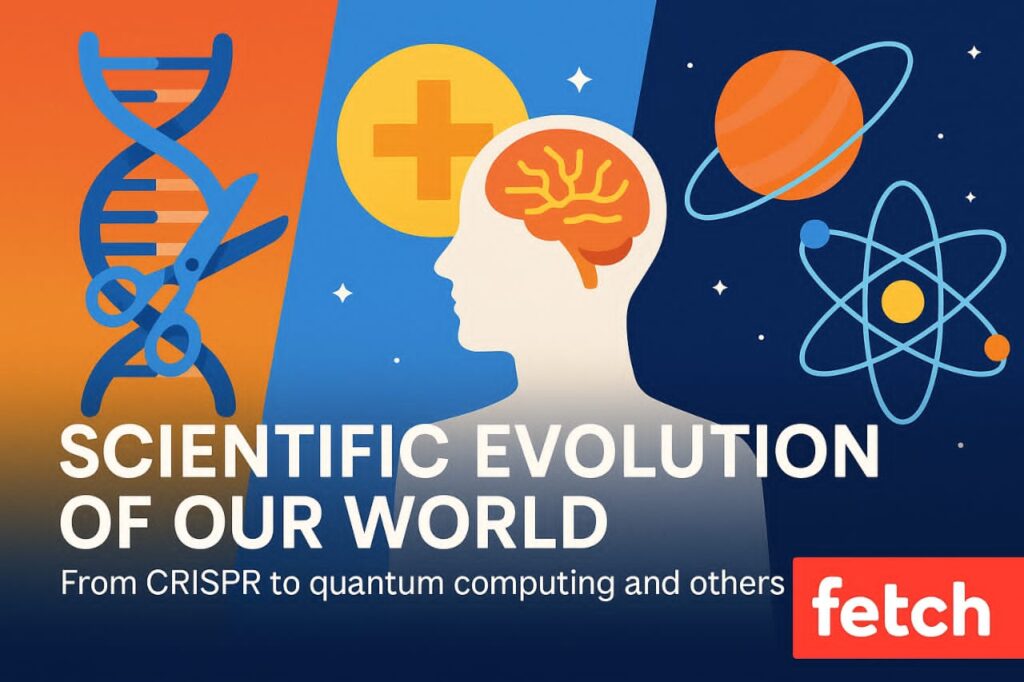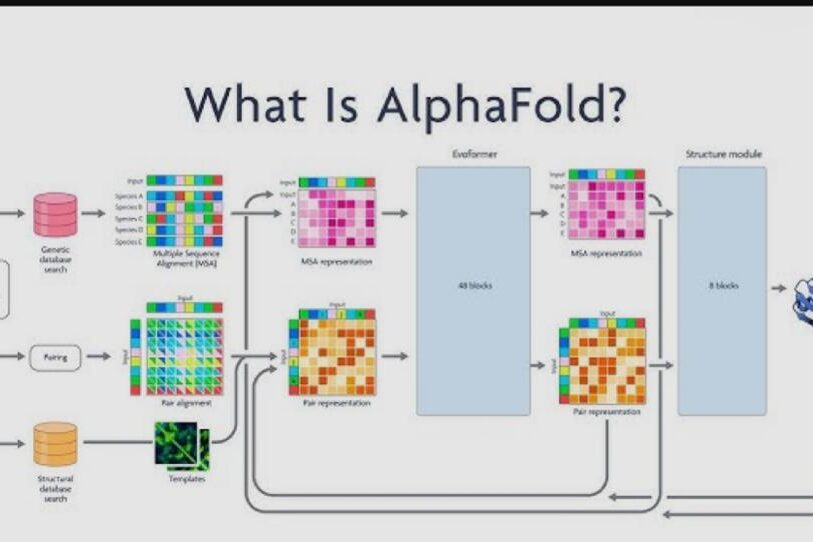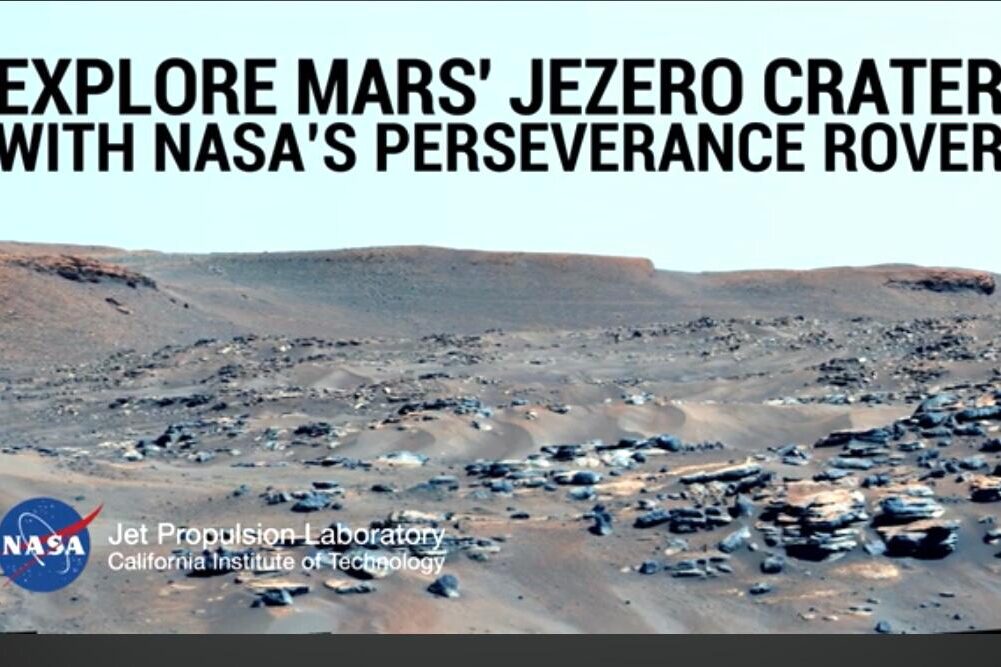Breakthroughs Transforming Tomorrow

The past decade has been a whirlwind of scientific breakthroughs, each reshaping our understanding of the world and pushing the boundaries of what’s possible. From decoding the mysteries of the universe to pioneering medical advancements, these discoveries have not only answered age-old questions but also opened new avenues for exploration and innovation. Let’s delve into ten transformative scientific discoveries from the last ten years that have left an indelible mark on our world.
1. CRISPR: Revolutionizing Genetic Engineering

The CRISPR-Cas9 gene-editing tool revolutionized genetics in 2015 with its precise, efficient, and cost-effective modifications to DNA. This technology surpasses previous methods like zinc finger nucleases and TALENs, being easier to manipulate with broader applications. CRISPR-Cas9 has also enabled potential cures for genetic diseases through ex vivo and in vivo approaches, improves agricultural practices by editing crop genomes, and drives innovative research. Its applications include regulating gene expression, modifying acetylation at target sites, and treating diseases via gene therapy. With advancements in bioinformatics and machine learning, CRISPR-Cas9 has become a cornerstone in modern genetics, transforming medical research and deepening understanding of biological processes. Source: sciencedirect.com
2. Gravitational Waves

A century after Albert Einstein predicted gravitational waves, the LIGO collaboration directly detected these spacetime ripples in 2015, earning the 2017 Nobel Prize in Physics for LIGO pioneers Rai Weiss, Kip Thorne, and Barry Barish. Caused by massive cosmic events like black hole mergers and neutron star collisions, gravitational waves have opened a new window into the universe, allowing scientists to study strong-field gravity, test general relativity, and probe cosmic phenomena in ways electromagnetic observations cannot. This groundbreaking discovery has enabled over 100 detections, advancing our understanding of the universe’s most violent and energetic events, and has paved the way for further exploration in multi-messenger astronomy. Source: en.wikipedia.org
3. mRNA Vaccines

The COVID-19 pandemic highlighted the versatility and effectiveness of mRNA vaccines, which instruct cells to produce a specific protein, triggering an immune response. This technology, pioneered by researchers like Katalin Karikó and Drew Weissman, enabled rapid development and deployment of vaccines, such as Pfizer-BioNTech and Moderna, which demonstrated high efficacy rates. Beyond COVID-19, mRNA vaccines are being explored for other infectious diseases, cancer immunotherapy, and personalized medicine. Their adaptability and potential for swift production make them a promising tool in responding to emerging health threats and tailoring treatments to individual patients. Source: healthfeedback.org
4. First Image of a Black Hole

The Event Horizon Telescope (EHT) made history in 2019 by capturing the first-ever image of a black hole, located at the center of galaxy M87, approximately 55 million light-years from Earth. This groundbreaking achievement provided visual confirmation of black holes’ existence and offered insights into their structure, mass, and spin. The image revealed a bright ring of light around a dark center, consistent with Einstein’s theory of general relativity. The EHT’s observation of M87 has deepened our understanding of black hole physics, accretion disk dynamics, and jet formation, paving the way for further research into these cosmic phenomena. Source: aasnova.org
5. AlphaFold

DeepMind’s AlphaFold, designed by David Baker, John Jumper and Demis Hassabis, revolutionized biology by accurately predicting protein structures from amino acid sequences, tackling a decades-long challenge. This breakthrough has profound implications for drug discovery, enabling researchers to identify potential binding sites and design targeted therapies. AlphaFold’s predictions can also enhance disease understanding by revealing protein dysfunction mechanisms and facilitate bioengineering applications, such as designing novel enzymes. By making its database of predicted protein structures publicly available, AlphaFold has democratized access to structural biology, accelerating research and driving innovation in fields like medicine and biotechnology. Source: wsj.com
6. Quantum Computing

Recent breakthroughs in quantum computing have brought us closer to harnessing its vast potential, with significant progress in developing more stable qubits, such as superconducting circuits and trapped ions, and sophisticated error-correction methods like quantum error correction codes. Companies like IBM, Google, and Rigetti Computing, along with researchers, have made notable advancements. Google’s Sycamore processor achieved quantum supremacy, while IBM’s Eagle processor boasts 127 qubits. These developments pave the way for quantum computers to solve complex problems in cryptography, optimization, and simulation, potentially transforming fields like materials science, drug discovery, and artificial intelligence.
7. Climate Change Insights

Advances in climate modeling and data analysis have significantly improved our understanding of climate change, revealing the far-reaching consequences of rising greenhouse gas emissions. High-resolution models and ensemble forecasting have enabled researchers to attribute specific weather events to climate change and predict future impacts with greater accuracy. The Intergovernmental Panel on Climate Change (IPCC) has emphasized the need for immediate action to limit global warming to 1.5°C above pre-industrial levels. These insights have informed policy decisions, such as the Paris Agreement, and underscored the importance of sustainable practices, including transitioning to renewable energy sources, enhancing energy efficiency, and adopting climate-resilient agriculture practices.
8. Mars Exploration

NASA’s Perseverance rover, launched in July 2020 and landed on Mars in February 2021, has been pivotal in exploring Jezero Crater, a former lakebed. The rover’s discoveries include evidence of ancient lake systems, deltaic deposits, and organic molecules, which suggest Mars may have once been habitable. Equipped with instruments like PIXL (Planetary Instrument for X-Ray Lithochemistry) and SHERLOC (Scanning Habitable Environments with Raman & Luminescence for Organics & Chemicals), Perseverance has provided valuable insights into Martian geology and the potential for past life. Its findings will inform future missions, such as the Mars Sample Return, and contribute to planning for potential human exploration of the Red Planet.
9. Human Genome Sequencing

Advances in genome sequencing have revolutionized personalized medicine, enabling fast and affordable decoding of individual genetic information. Next-generation sequencing (NGS) and whole-genome sequencing (WGS) have increased speed, accuracy, and affordability, allowing for tailored treatments based on a person’s unique genetic profile. This has improved disease prevention strategies, enabled targeted therapies, and enhanced predictive medicine. Genetic insights can identify inherited disorders, predict disease susceptibility, and optimize treatment plans. Applications extend to oncology, rare disease diagnosis, and pharmacogenomics, transforming healthcare and paving the way for precision medicine.
10. Renewable Energy Innovations

The past decade has witnessed remarkable advancements in renewable energy technologies, driving a significant shift towards a sustainable energy future. Innovations include more efficient solar panels, such as bifacial and perovskite solar cells, advanced wind turbines with larger rotors and improved aerodynamics, and energy storage solutions like lithium-ion batteries and hydrogen fuel cells. Additionally, smart grid technologies and grid-scale energy storage have enhanced the integration of renewables into the energy mix. These developments have reduced costs, increased adoption, and played a crucial role in combating climate change by decreasing dependence on fossil fuels and lowering greenhouse gas emissions.
As we look ahead, continued investment in research and innovation will be vital in addressing global challenges and unlocking new possibilities. Follow us for more innovative insights.


